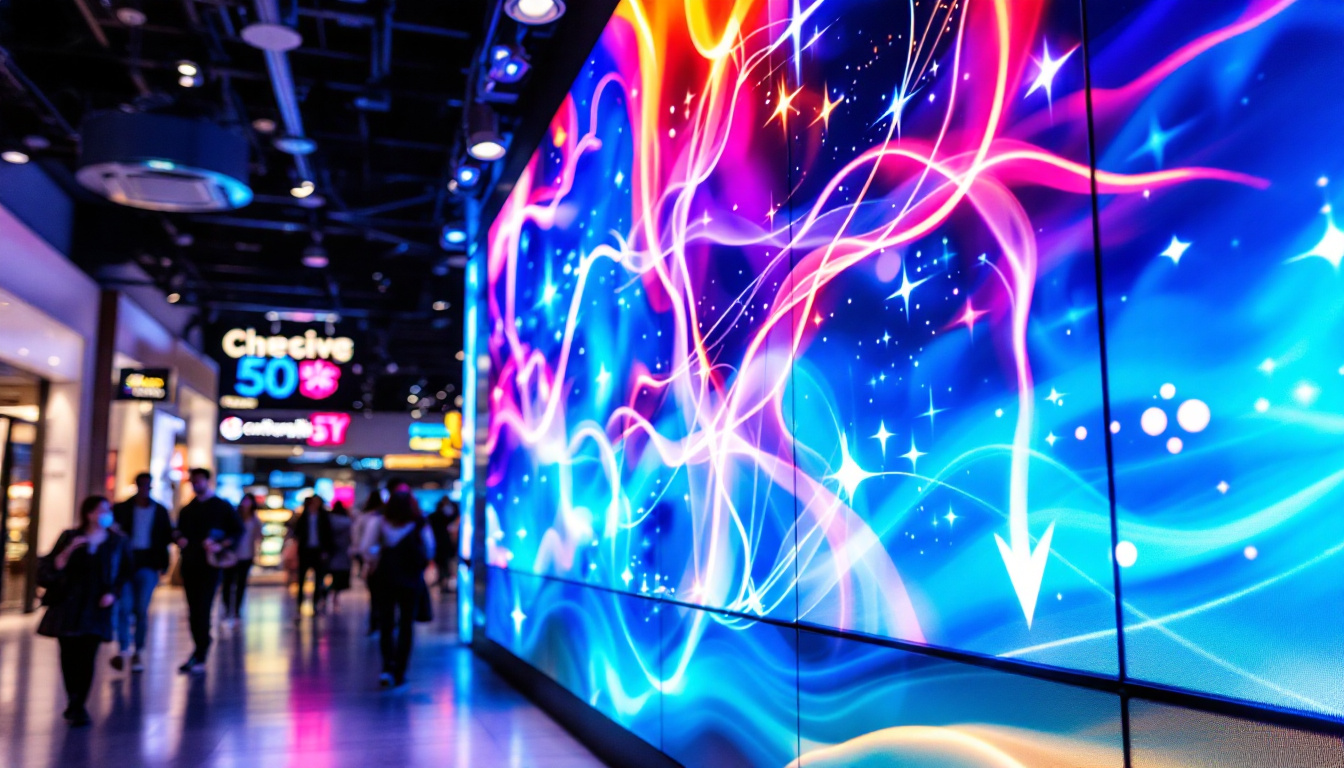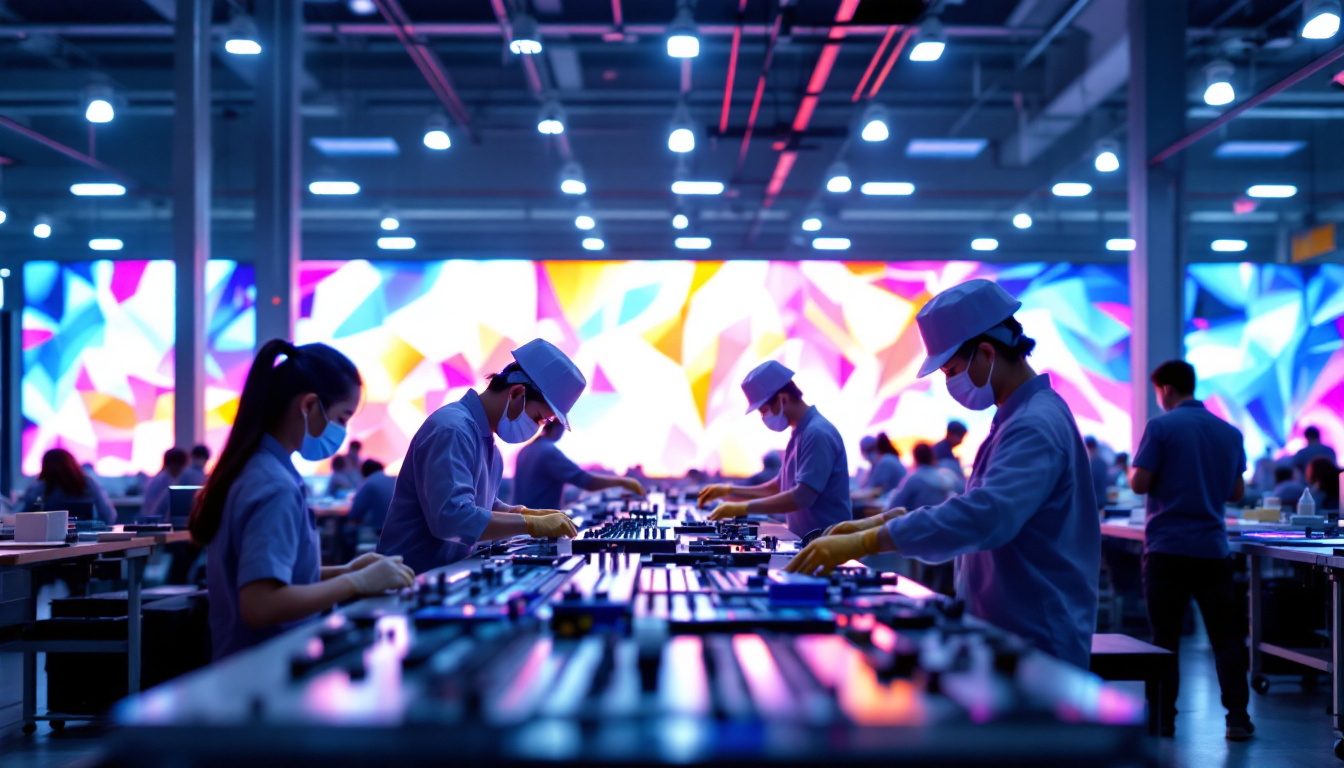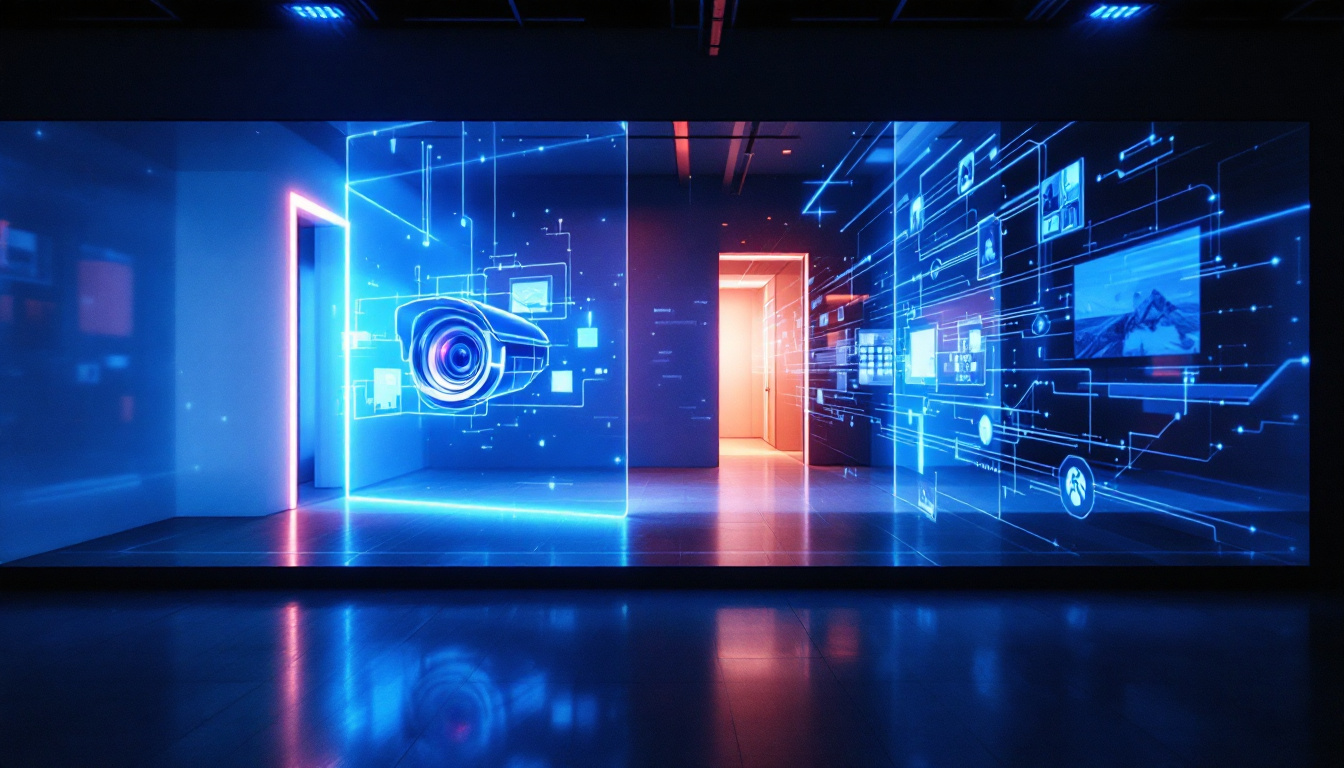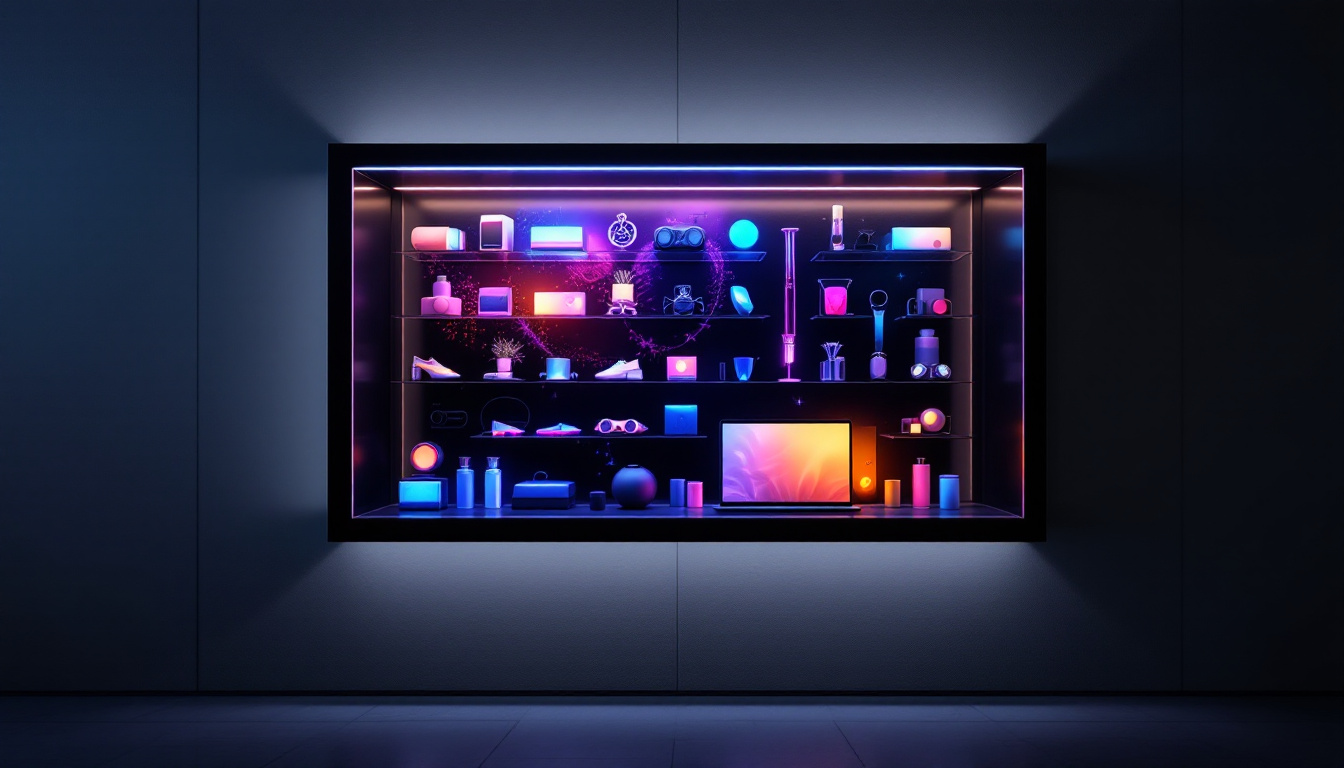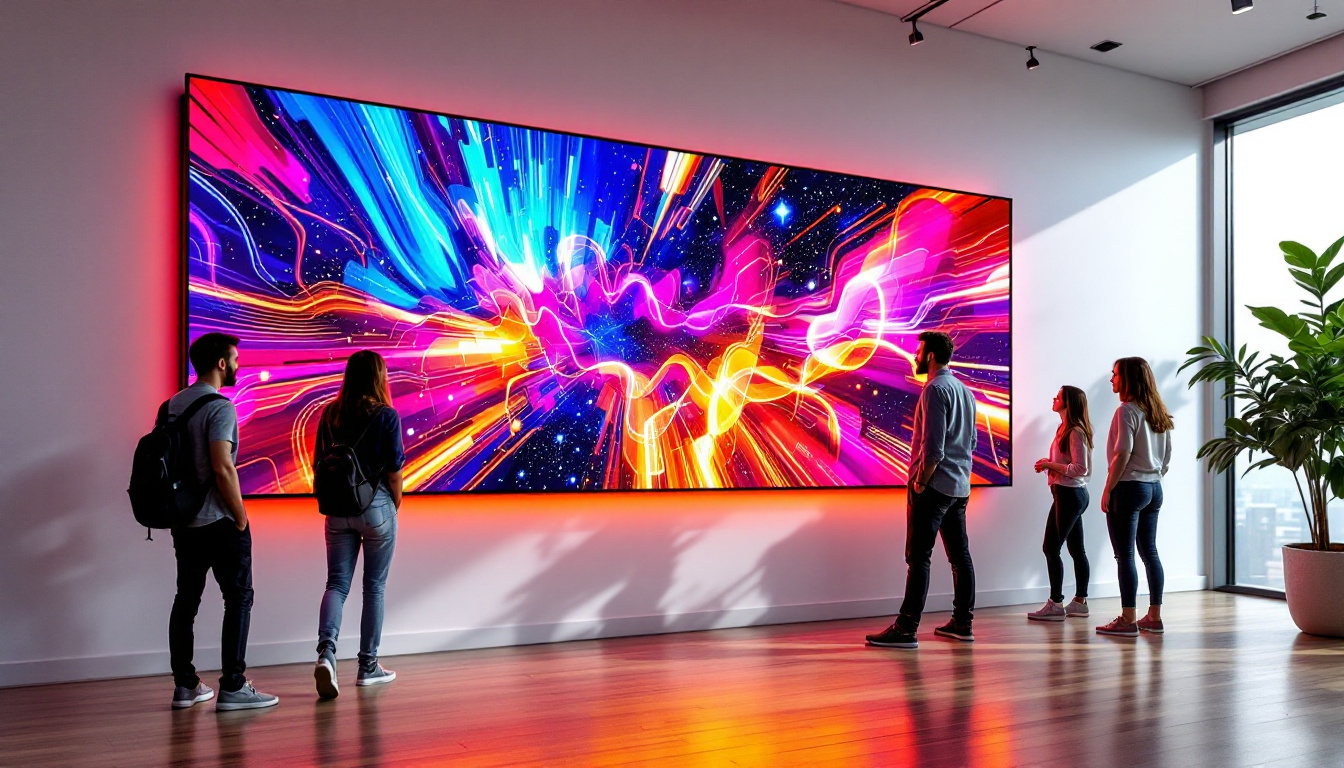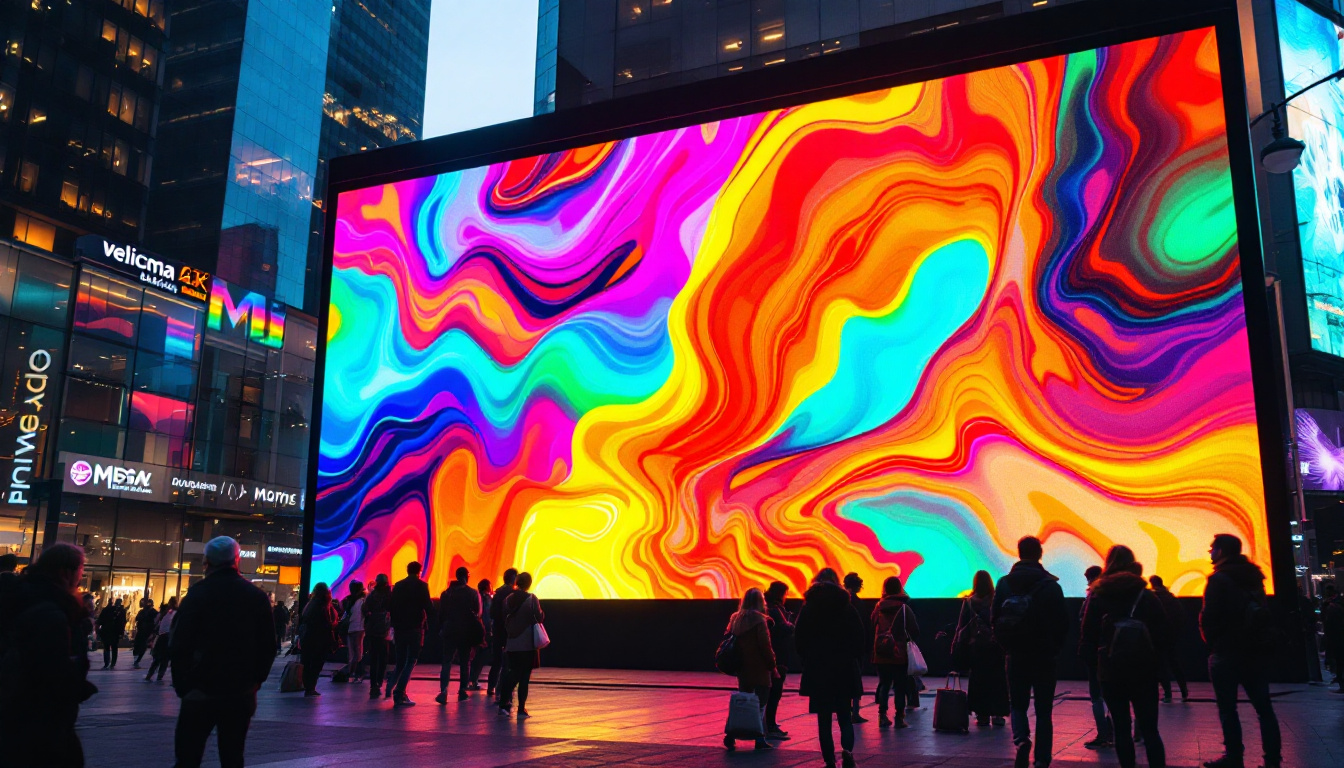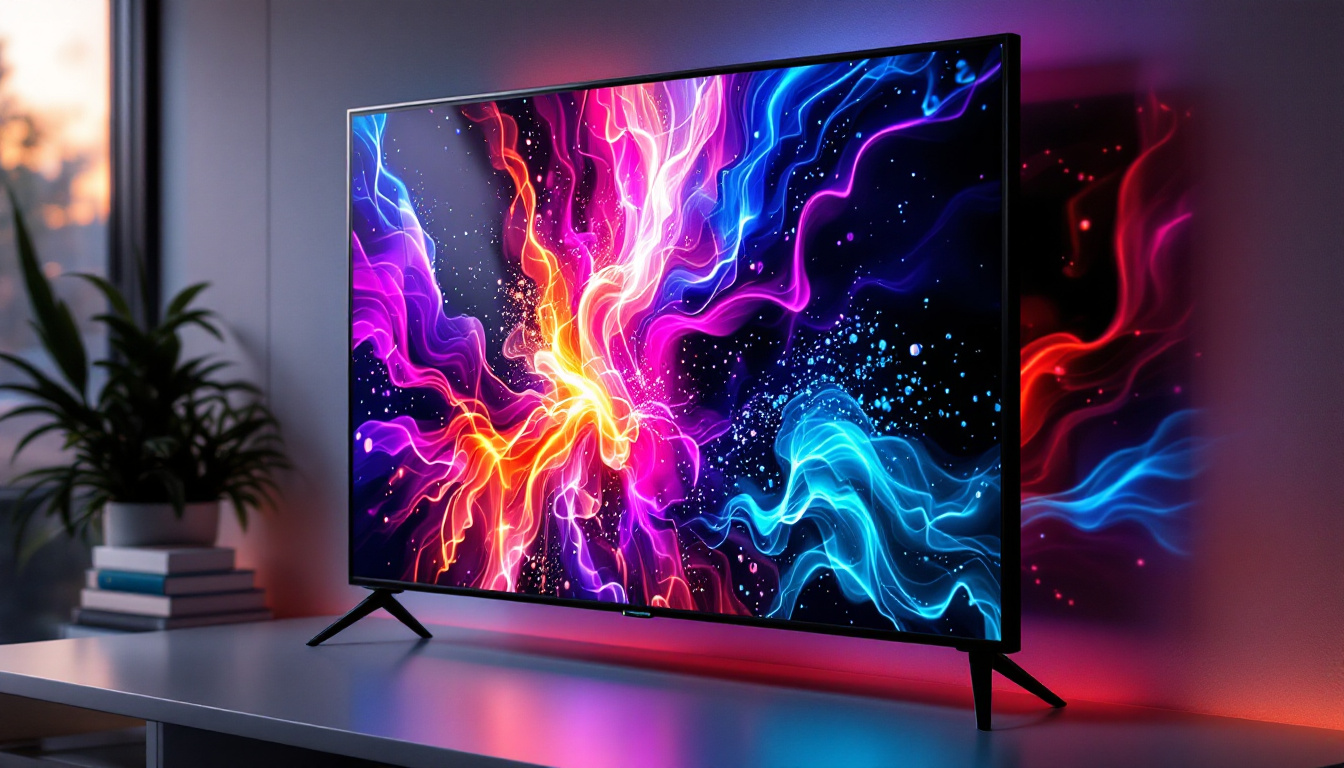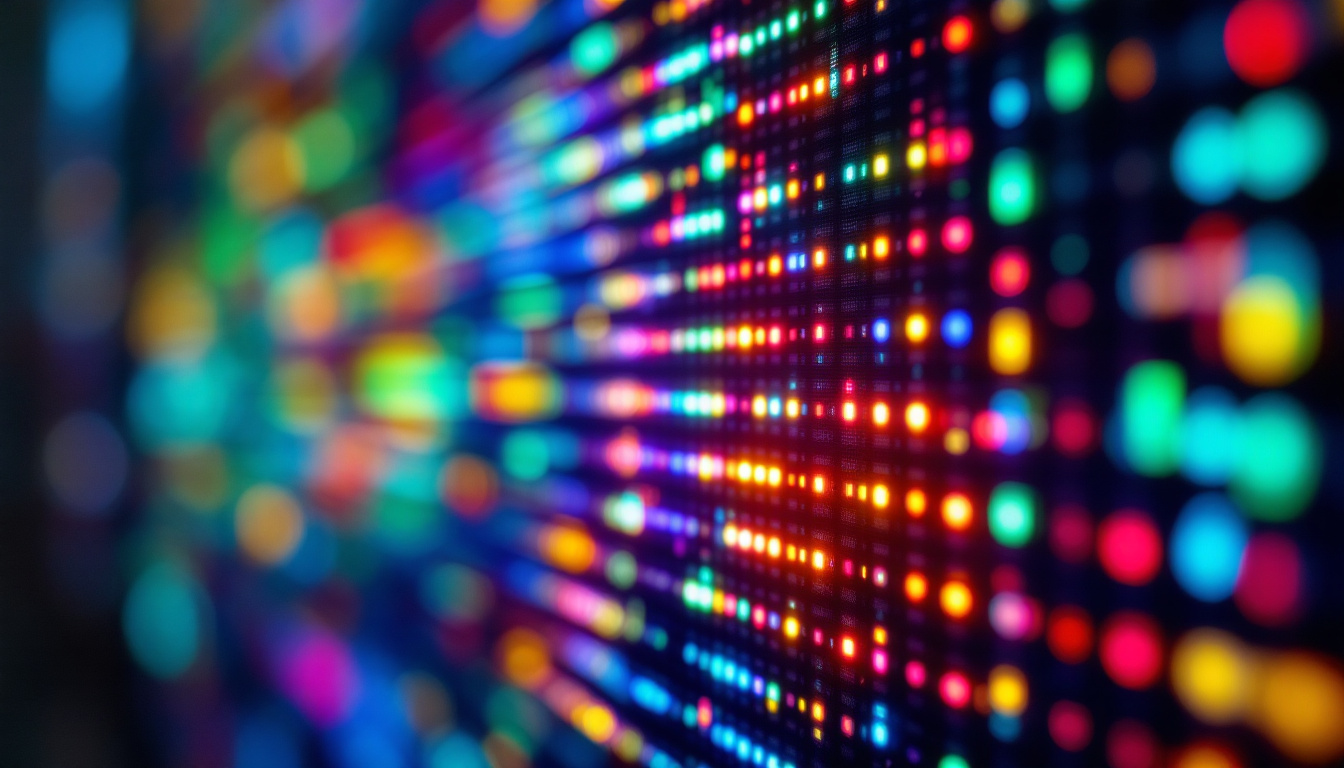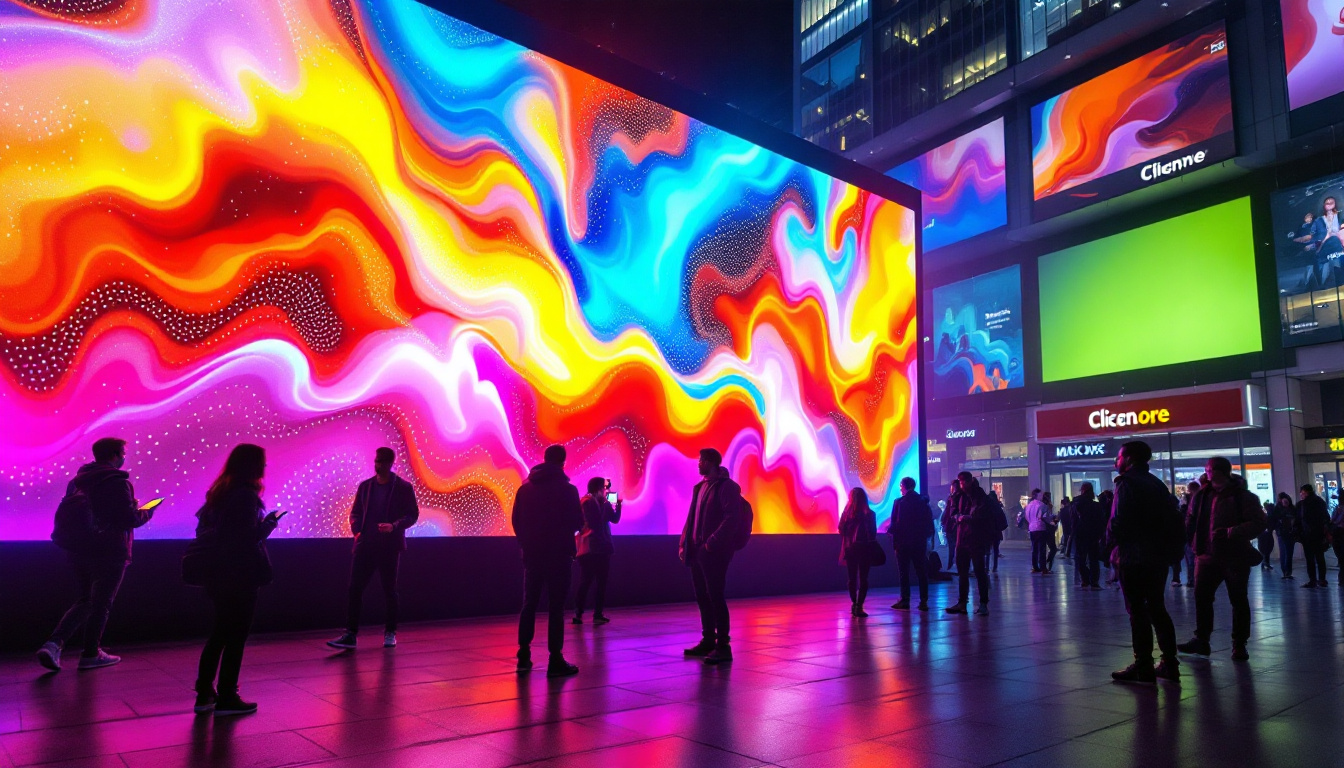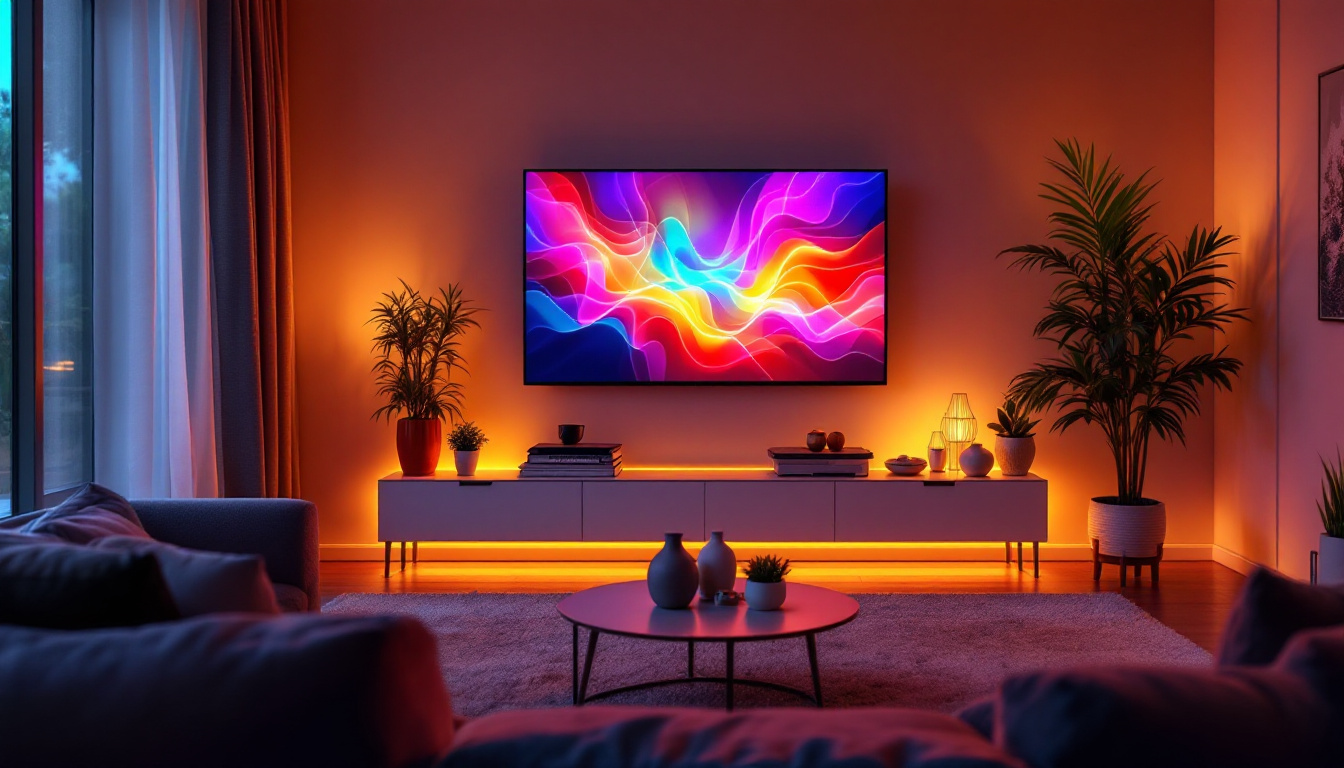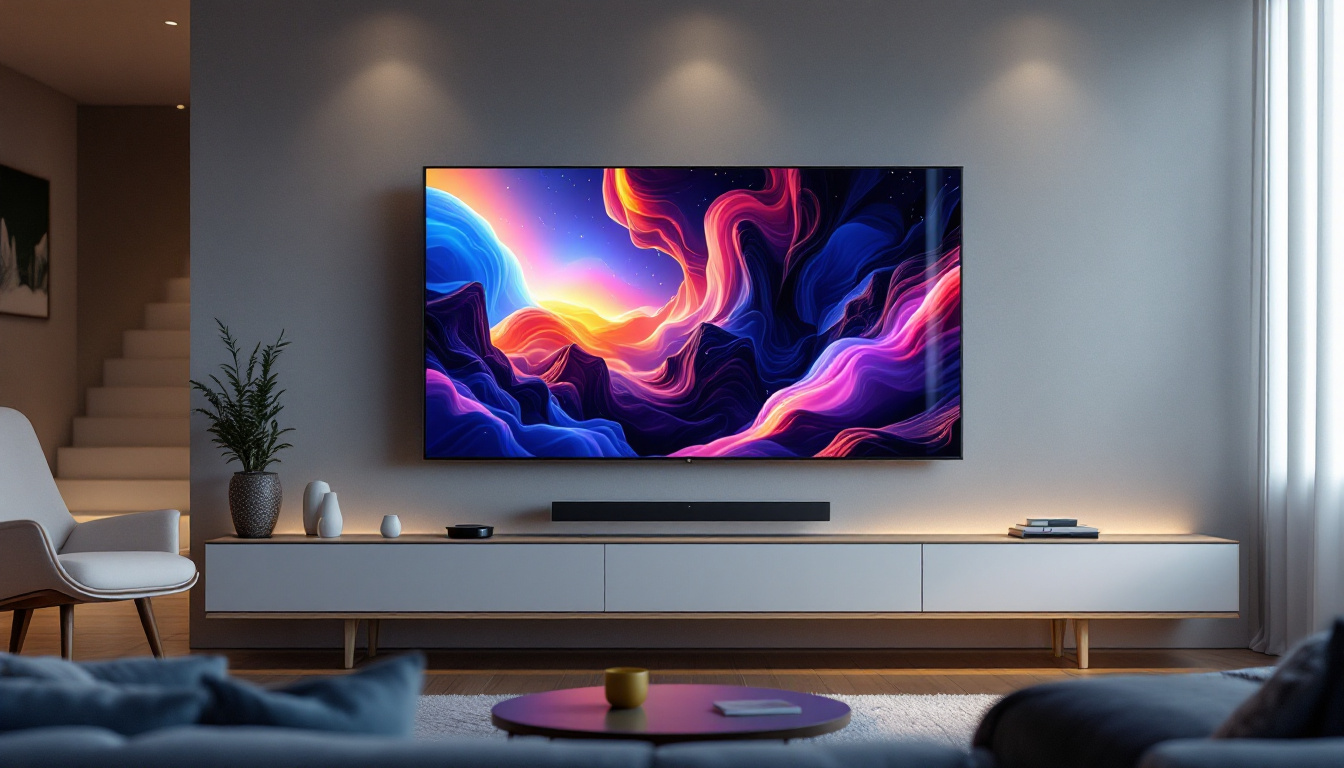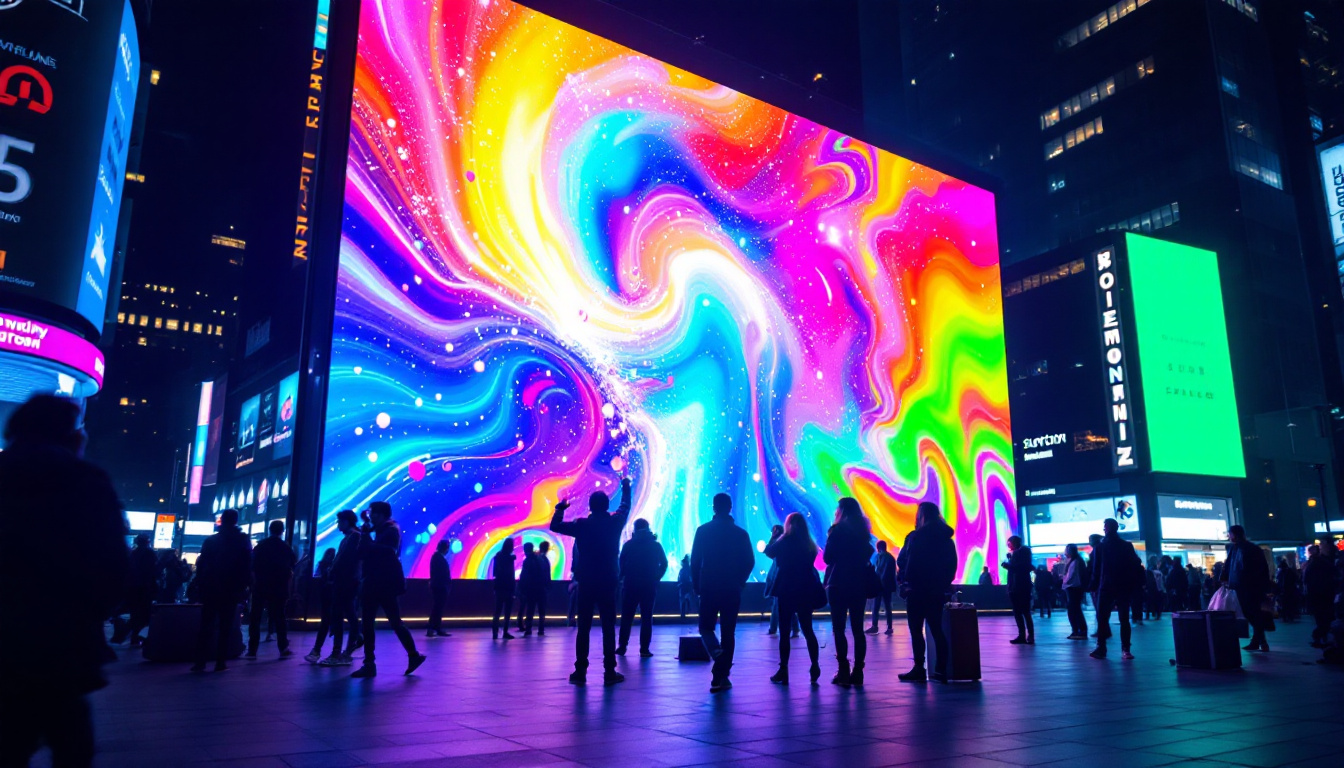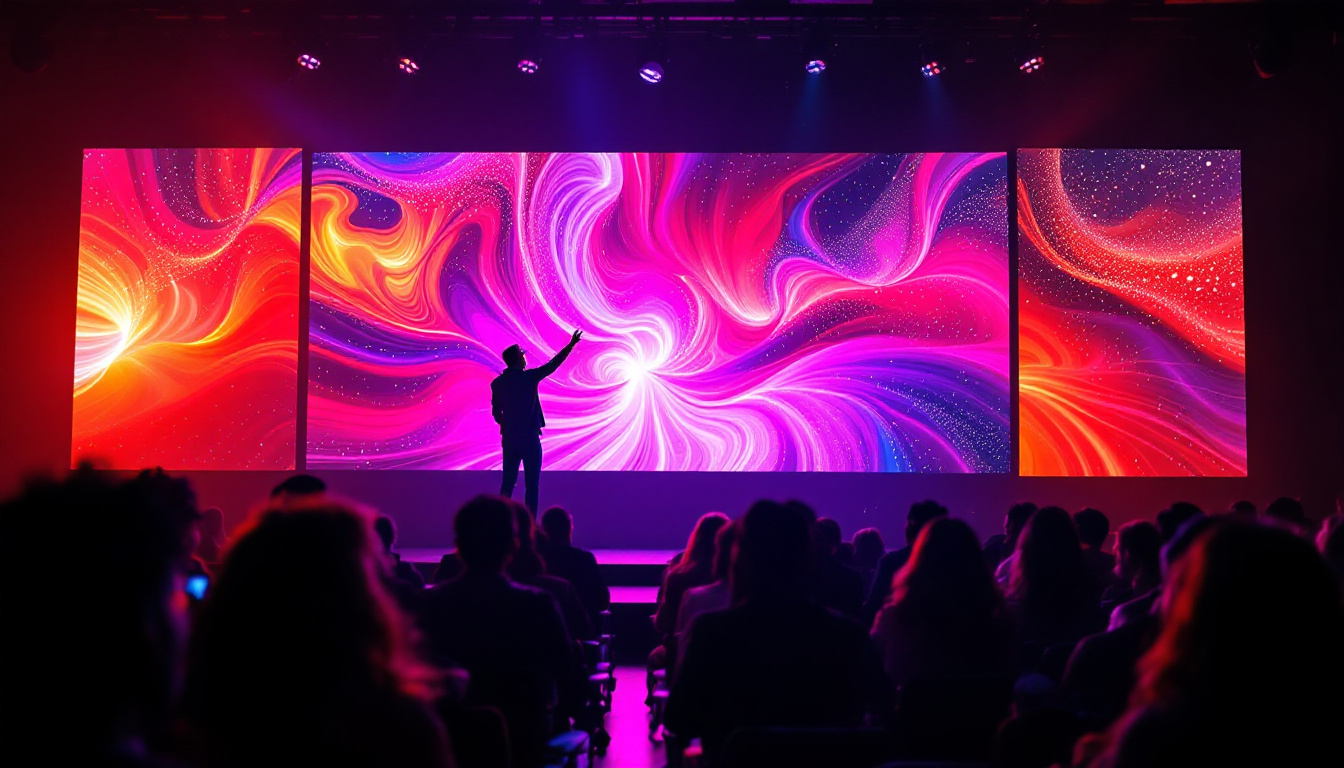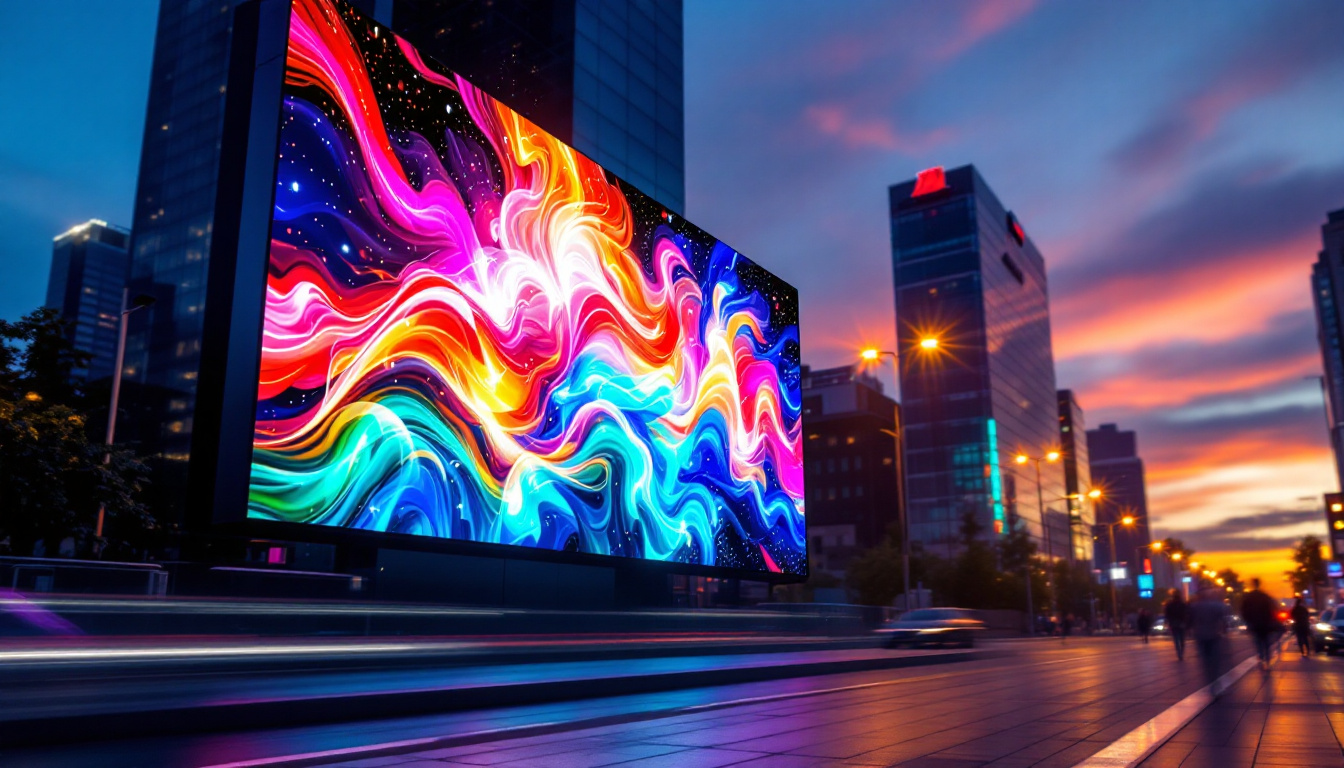In the world of modern cinema and digital displays, LED technology has revolutionized how audiences experience films. The term “Pixels Free Movie Full” may evoke curiosity, but it primarily refers to the seamless integration of LED displays that enhance visual storytelling. This article delves into the intricacies of LED technology, its applications in cinema, and how it has transformed the viewing experience.
Understanding LED Technology
Light Emitting Diodes (LEDs) are semiconductor devices that emit light when an electric current passes through them. This technology has evolved significantly over the years, leading to the development of various types of displays that offer vibrant colors, high brightness, and energy efficiency. From their humble beginnings in simple indicator lights to their current applications in high-definition television and large-scale digital billboards, LEDs have transformed the way we experience visual media.
The Basics of LED Display
LED displays consist of numerous tiny light sources, which can be arranged in various configurations to create larger screens. Each pixel on an LED display is made up of red, green, and blue (RGB) subpixels, which combine to produce a wide spectrum of colors. This capability allows for high-resolution images that are sharp and vivid, making them ideal for cinematic applications. The precision in color mixing achieved by these RGB subpixels is crucial for delivering lifelike images that captivate audiences.
The technology behind LED displays can be categorized into two main types: direct-view and backlit. Direct-view LED displays use individual LED modules to form the image directly, while backlit displays use LEDs to illuminate an LCD panel from behind. Both types have their unique advantages, but direct-view displays are often favored for their superior color accuracy and brightness levels. Furthermore, advancements in pixel pitch—the distance between the centers of two adjacent pixels—have enabled manufacturers to create displays that maintain clarity even at close viewing distances, enhancing the overall viewer experience.
Advantages of LED Displays in Cinema
LED displays offer numerous advantages over traditional projection systems. One of the most significant benefits is their ability to produce brighter images, which is especially important in large venues where ambient light can wash out projected content. Additionally, LED displays have a wider color gamut, allowing filmmakers to present their work in the most visually stunning manner possible. This enhanced color reproduction not only enriches the storytelling experience but also allows for greater artistic expression, as directors can utilize a broader palette to convey emotions and themes.
Another advantage is the longevity and durability of LED technology. Unlike traditional projectors that require frequent bulb replacements, LED displays can last for tens of thousands of hours, reducing maintenance costs and downtime. This reliability ensures that cinemas can provide a consistent viewing experience for their audiences. Moreover, LED technology is inherently more energy-efficient, contributing to lower operational costs and a smaller carbon footprint. As cinemas increasingly prioritize sustainability, the adoption of LED displays aligns with broader environmental goals, making them a smart choice for modern entertainment venues.
Applications of LED Displays in Cinema
The integration of LED displays in cinema goes beyond mere projection. They have found various applications that enhance the overall movie-watching experience.
Digital Signage and Advertising
LED displays are increasingly used for digital signage in cinemas, serving as dynamic advertising platforms. These displays can showcase trailers, promotions, and other content, capturing the attention of moviegoers as they wait for their films to begin. The ability to change content quickly and easily allows cinemas to tailor their advertising strategies based on audience demographics and preferences.
Moreover, the vibrant colors and high contrast of LED displays make advertisements more eye-catching than traditional posters or static billboards. Cinemas can also utilize these displays to promote special events, such as film festivals or themed movie nights, creating a buzz and drawing in larger crowds. By leveraging social media feeds or interactive content, cinemas can engage audiences even further, encouraging them to share their experiences online and enhancing the cinema’s visibility in the digital space.
Immersive Viewing Experiences
One of the most exciting applications of LED technology is in creating immersive viewing experiences. Some cinemas have begun to implement curved LED screens that wrap around the audience, providing a more engaging and enveloping experience. This setup enhances the sense of presence in the film, making viewers feel as though they are part of the action.
Additionally, LED displays can be synchronized with sound systems and other sensory elements, further enhancing the overall experience. This multisensory approach has the potential to redefine how stories are told in cinema. For instance, the integration of LED screens with motion seats can create a thrilling experience where the audience not only sees but also feels the action on screen. Furthermore, innovative setups like 360-degree projections can transport viewers into fantastical worlds, allowing them to explore the narrative from multiple angles, thereby deepening their emotional connection to the film.
As technology continues to evolve, we can expect even more groundbreaking applications of LED displays in cinema. The potential for augmented reality (AR) experiences is particularly promising, as filmmakers experiment with blending real-world elements with digital visuals. This could lead to interactive storytelling where audiences can influence the plot or engage with characters in real-time, making the cinematic experience more personalized and memorable than ever before.
The Future of LED Displays in Film
As technology continues to advance, the future of LED displays in cinema looks promising. Innovations such as microLED and organic LED (OLED) are paving the way for even more refined and efficient displays. These advancements not only enhance the viewing experience but also open up new avenues for storytelling and artistic expression in film.
MicroLED Technology
MicroLED technology represents a significant leap forward in display capabilities. Each microLED is significantly smaller than traditional LEDs, allowing for higher pixel densities and sharper images. This technology not only improves resolution but also enhances color accuracy and contrast ratios, making it an ideal candidate for high-end cinema applications. The ability to achieve such precision means that filmmakers can present their visuals with an unprecedented level of detail, immersing audiences in a more lifelike experience.
Moreover, microLED displays can be modular, enabling cinemas to create custom screen sizes and shapes to fit their specific needs. This flexibility allows for unique installations that can cater to various types of content, from blockbuster films to art-house cinema. Additionally, the potential for curved or even spherical screens could redefine how narratives are presented, allowing filmmakers to explore new dimensions of storytelling that engage viewers in a more interactive manner. As this technology matures, we may see a shift in how directors conceptualize their films, taking full advantage of the immersive capabilities that microLED offers.
Organic LED (OLED) Displays
OLED technology, which utilizes organic compounds to produce light, offers several advantages over traditional LED displays. OLED displays are known for their exceptional color reproduction and deep blacks, thanks to their ability to turn off individual pixels completely. This characteristic allows for stunning contrast ratios, making them particularly appealing for filmmakers who want to showcase their work in the best possible light. The vivid colors and sharp contrasts provided by OLED can enhance the emotional impact of a scene, drawing viewers deeper into the narrative.
While OLED displays are currently more common in home entertainment systems, their potential for cinema applications is being explored. As production costs decrease and technology advances, it is likely that OLED displays will become more prevalent in commercial theaters. Furthermore, advancements in OLED technology, such as improved longevity and energy efficiency, are making these displays a more viable option for large-scale installations. The combination of superior image quality and sustainability could make OLED a preferred choice for cinemas aiming to create a premium viewing experience while being mindful of their environmental footprint. As filmmakers and audiences alike demand higher standards of visual fidelity, the integration of OLED technology into theaters may soon become a standard rather than an exception, revolutionizing the way films are experienced on the big screen.
Challenges and Considerations
Despite the numerous advantages of LED technology, there are challenges that need to be addressed. The initial investment for high-quality LED displays can be substantial, which may deter some cinemas from making the switch. However, the long-term savings on maintenance and energy costs can offset this initial expenditure.
Content Compatibility
Another challenge lies in content compatibility. Not all films are produced with LED displays in mind, and some may require adjustments to fully leverage the capabilities of these screens. Cinemas must ensure that their projection systems are compatible with various content formats to provide a seamless viewing experience.
Environmental Impact
As with any technology, the environmental impact of LED displays must be considered. While they are generally more energy-efficient than traditional projection systems, the production and disposal of electronic components can contribute to electronic waste. Cinemas should adopt responsible practices when it comes to sourcing and disposing of LED technology to minimize their ecological footprint.
Conclusion
LED displays have undoubtedly changed the landscape of cinema, offering vibrant visuals and immersive experiences that captivate audiences. As technology continues to evolve, the potential applications of LED displays in film will only expand, paving the way for new storytelling techniques and enhanced viewer engagement.
While challenges remain, the benefits of LED technology are clear. From digital signage to immersive viewing experiences, the future of cinema is bright, and LED displays are at the forefront of this transformation. As cinemas embrace these advancements, audiences can look forward to a richer, more dynamic film experience that truly brings stories to life.
In summary, the integration of LED displays in cinema represents a significant step forward in how films are presented and experienced. With ongoing innovations and a commitment to sustainability, the future of cinema is poised for exciting developments that will continue to redefine the art of storytelling.
Discover the Future of Visual Storytelling with LumenMatrix
Embrace the cinematic revolution with LumenMatrix’s advanced LED display technology. As a leader in crafting immersive visual experiences, LumenMatrix offers a comprehensive range of solutions, from Indoor and Outdoor LED Wall Displays to innovative LED Transparent Displays. Whether you’re looking to elevate your brand’s presence, captivate your audience with dynamic visual storytelling, or create engaging environments with Custom LED Displays, LumenMatrix has the cutting-edge technology to bring your vision to life. Check out LumenMatrix LED Display Solutions today and join the forefront of digital display innovation.


